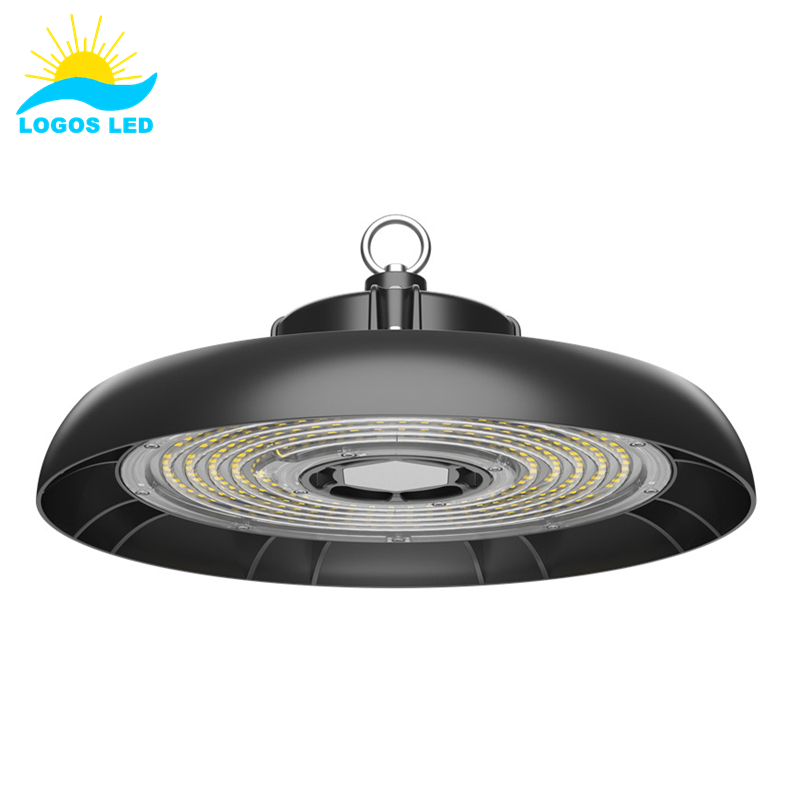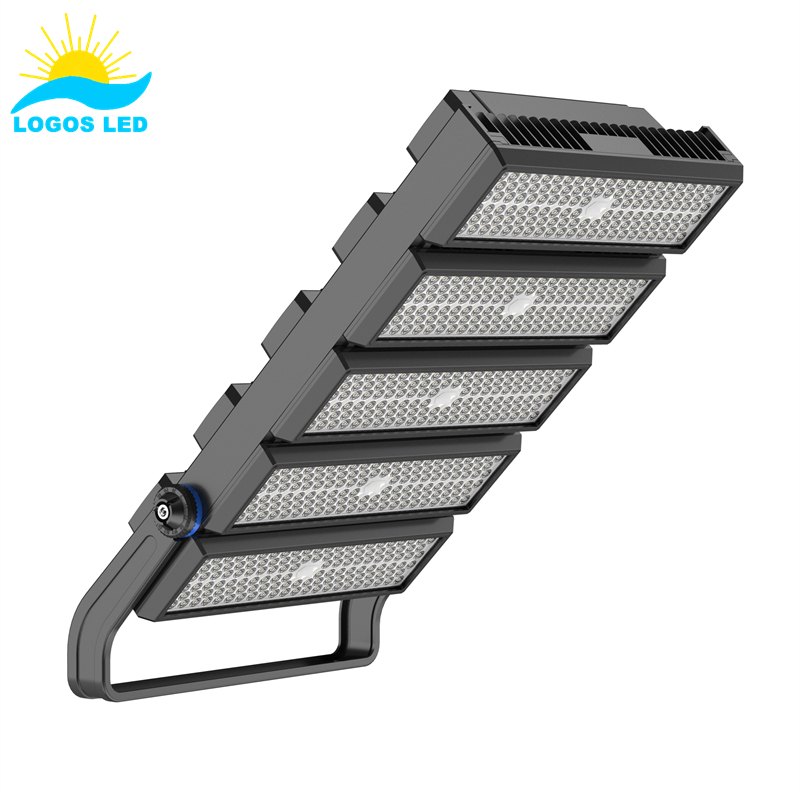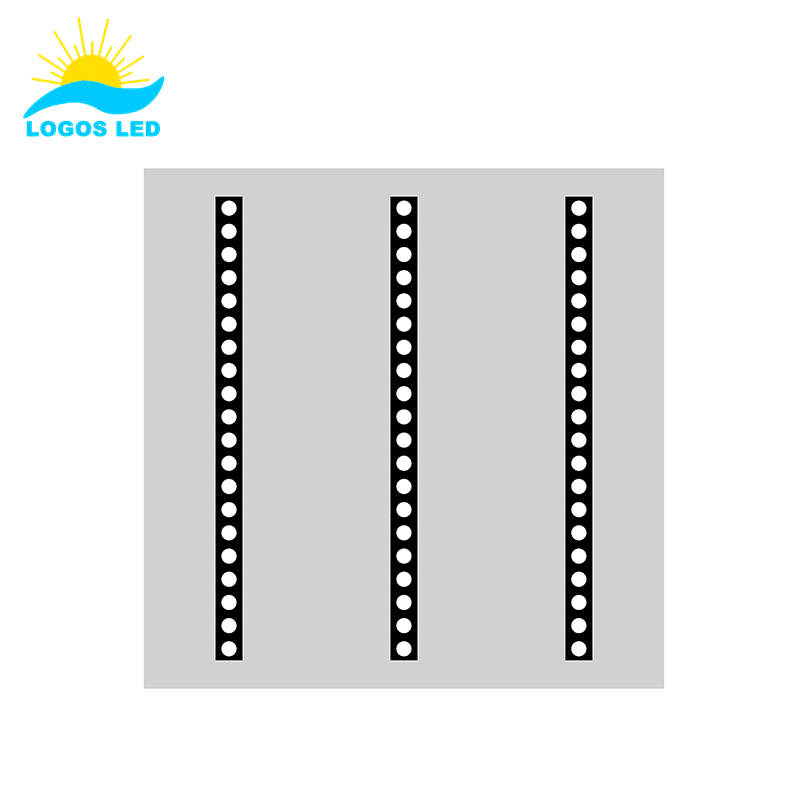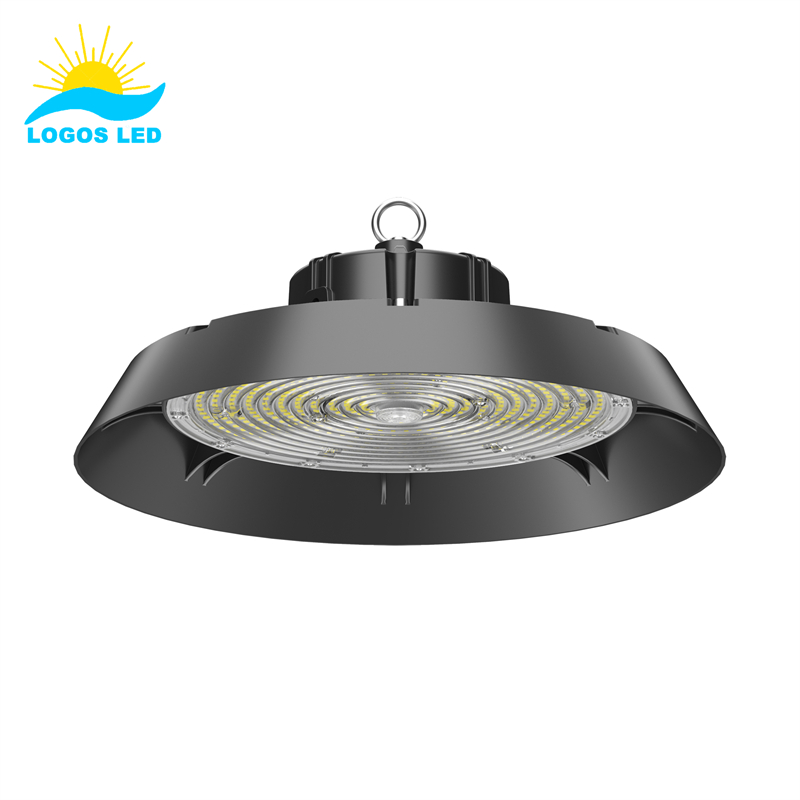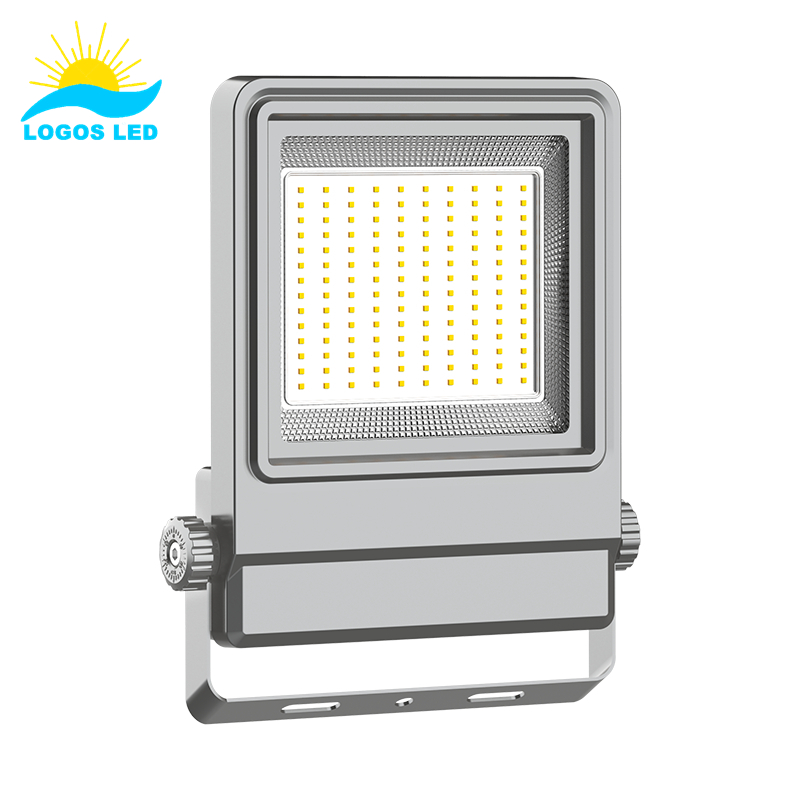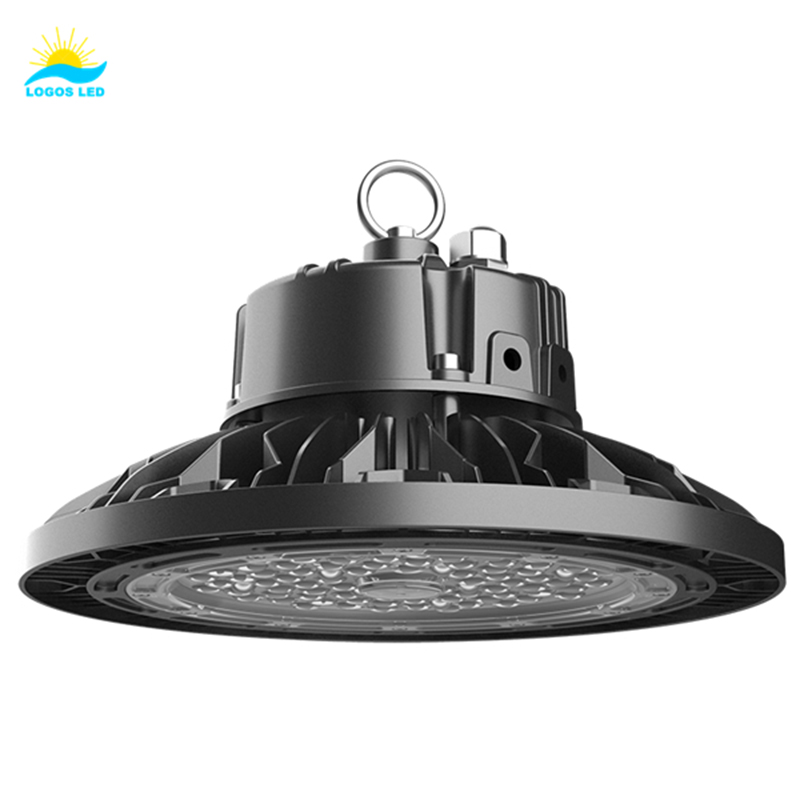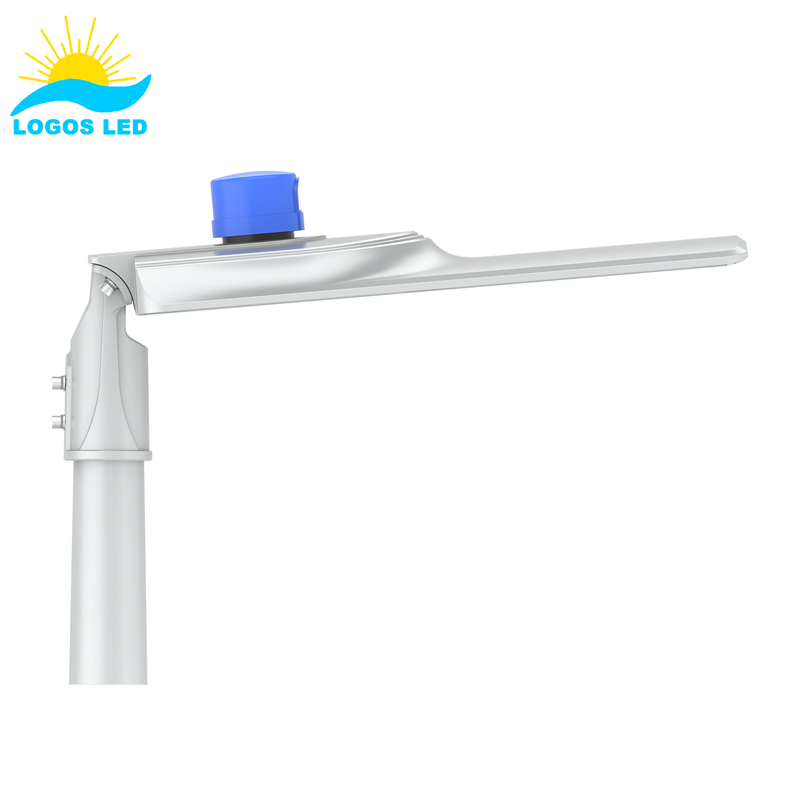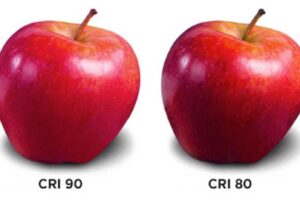If you’ve ever tried to choose the right lighting for your home or business, you’ve likely come across terms like watts, lumens, and lux. The confusion between these units can lead to poor lighting choices, resulting in either too dim or overly bright spaces. Understanding these differences is crucial for selecting the right LED light with the proper brightness. In this article, I’ll break down the distinctions between watts, lumens, and lux, and guide you through choosing the perfect lighting.
Watts, lumens, and lux are all related to lighting but measure different aspects. Watts refer to the power consumption of a light source, indicating how much energy it uses. Lumens measure the total amount of visible light emitted by a source, reflecting its brightness. Lux, on the other hand, measures how much light falls on a specific area, like a desk or floor. In short, watts tell you how much energy is consumed, lumens indicate brightness, and lux measures the intensity of light in a given space.
Let’s dive deeper into these lighting terms and understand how they influence your lighting choices.
Table of Contents
What is Lux?
Lux is a unit of measurement that quantifies the intensity of light as perceived by the human eye. It represents how much light falls on a specific area. One lux is equivalent to one lumen per square meter. Essentially, lux measures the concentration of light in a given area, such as the amount of light you experience on a work surface or floor.
Breakdown:
- 1 lux is equivalent to 1 lumen per square meter.
- The higher the lux, the brighter the area is. For instance, a typical office has about 300 to 500 lux, while direct sunlight can reach 100,000 lux on a clear day.
-
Example: A well-lit office might have 300-500 lux, while a dimly lit living room might have around 100 lux.
- Lux is important for determining how bright a specific area feels, which can be influenced by the type of bulb, its brightness, and the size of the space.
In short, lux is the measure of light intensity in an area, and it’s essential for creating optimal lighting conditions in any environment.
Lux is a unit of measurement for illuminance, which describes the amount of light that falls on a specific surface area. It tells us how bright a particular area will appear when lit by a light source. In simple terms, it measures how much light we receive in a given area, whether it’s from a light bulb, the sun, or any other source.
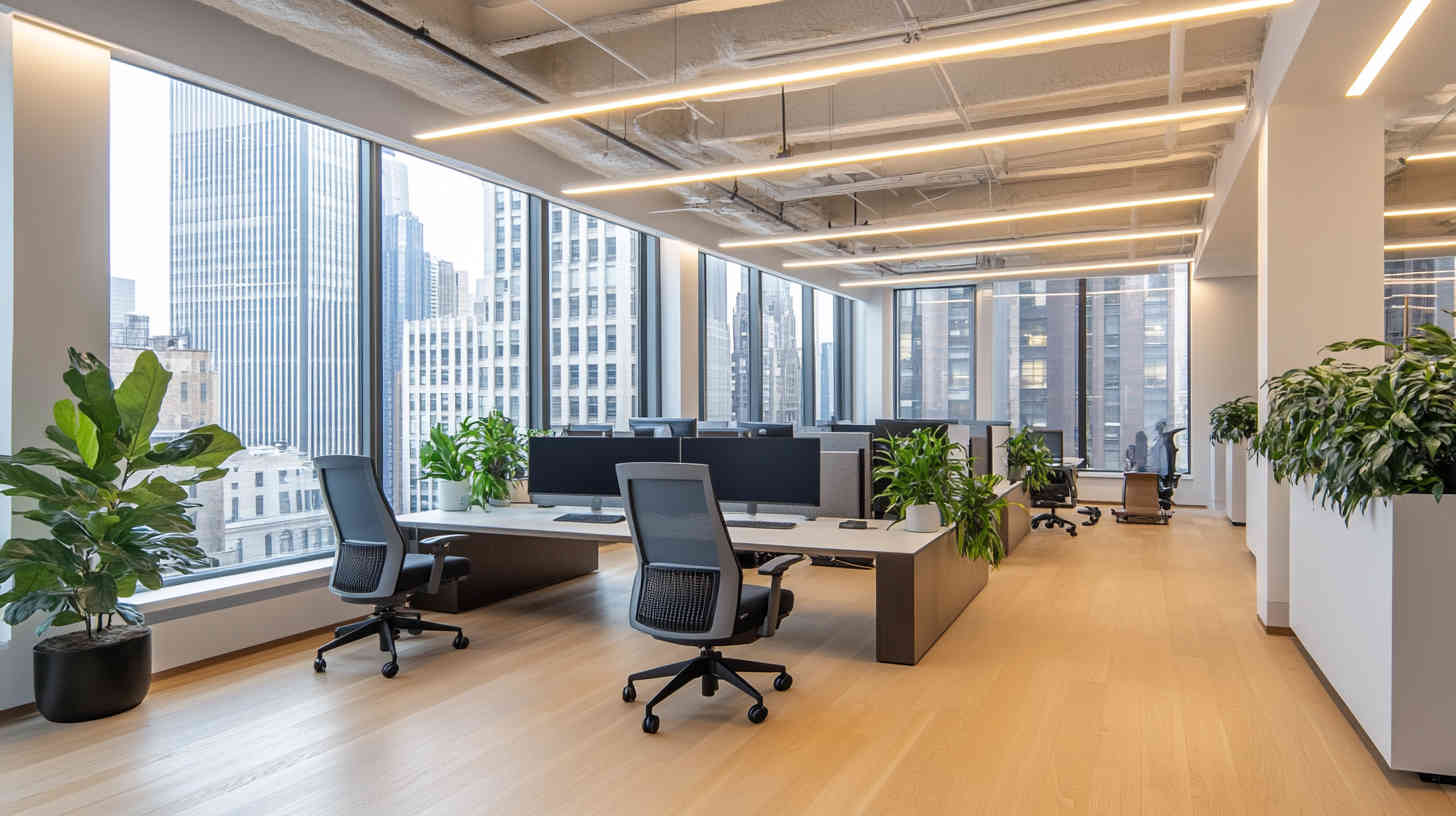
What is Lighting Lumens?
Lumens (lm) measure the total quantity of visible light emitted by a light source. Unlike lux, which measures the intensity on a surface, lumens quantify how much light is produced by the light source itself. The higher the lumen rating, the brighter the light emitted.
- Example: A 40-watt incandescent troffer typically produces around 1000 lumens, while an LED panel light of the same wattage might produce 4,000 lumens or more.
- Lumens are useful when you’re selecting a light source based on how much light it will provide in the room, rather than just how bright it will appear on a surface.
When choosing a bulb, understanding lumens will help you ensure that the light is bright enough for your space and activities.
How to Convert Lumens to Lux?
The conversion between lumens and lux is relatively straightforward. To convert lumens to lux, you need to know the area over which the light is spread. The formula is:
Lux = Lumens / Area (in square meters)
For example, if you have a light emitting 1000 lumens and it’s illuminating an area of 10 square meters, the lux level would be:
1000 lumens / 10m² = 100 lux
This formula allows you to calculate the light intensity in terms of lux, helping you assess how well-lit a space is based on the number of lumens emitted.
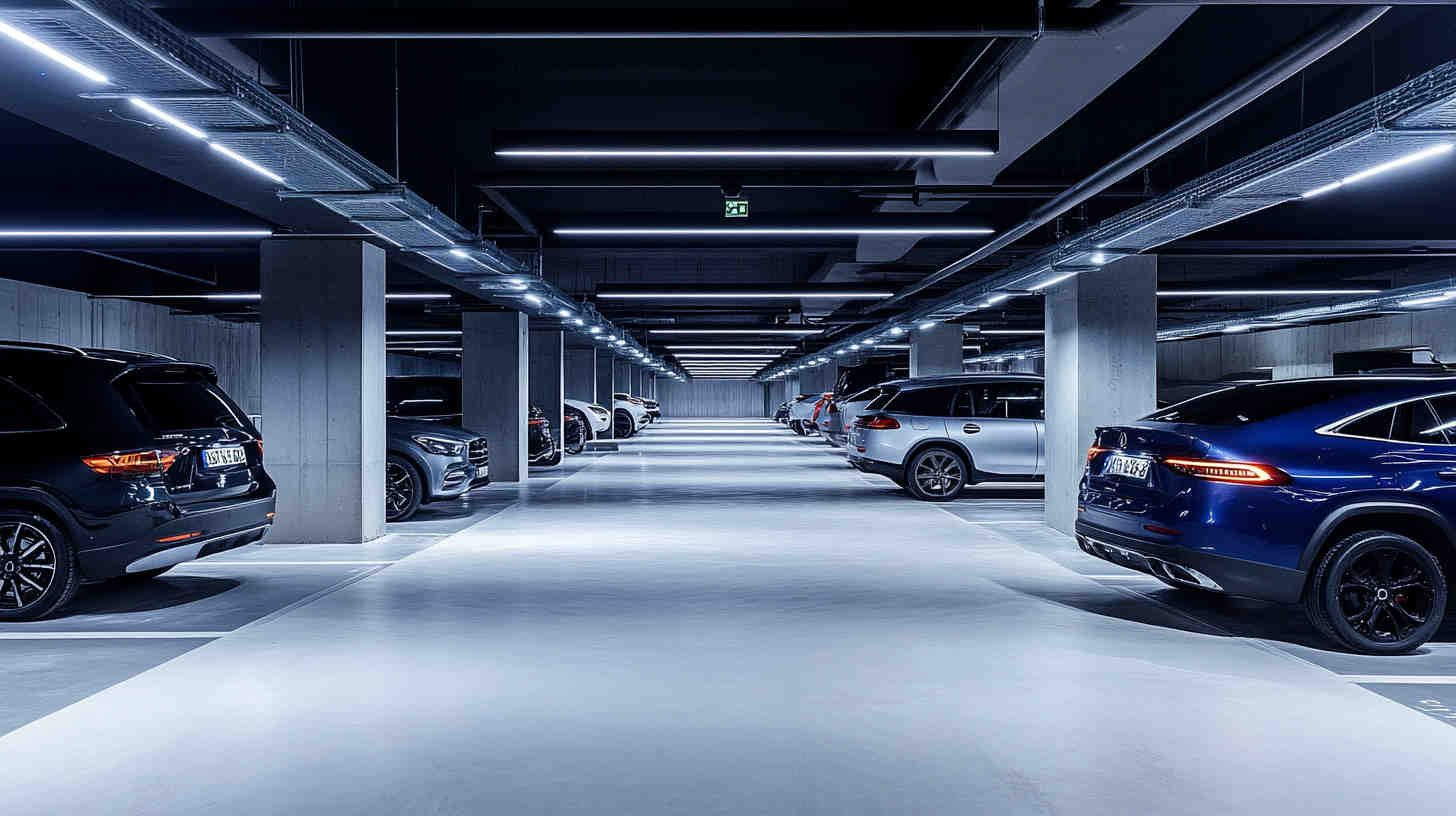
Lux vs. Watts – What’s the Difference?
Watts and lux measure two different aspects of lighting: watts measure the power consumption of the bulb, while lux measures the light intensity in an area.
- Watts refers to how much energy a light light uses, and doesn’t directly indicate how bright the light will be. For example, a 100-watt incandescent bulb might only produce 1600 lumens, while a 15-watt LED bulb could produce the same amount of light.
- Lux, on the other hand, measures how much light is spread over a specific area, such as the brightness of your desk or workspace.
In summary, while watts tells you how much energy the bulb consumes, lux measures the perceived brightness in a particular space.
How to Calculate Watts to Lumen?
To calculate the number of lumens from watts, you need to know the efficiency of the light bulb, typically given in lumens per watt (lm/W).
Lumens = Watts × Lumens per watt
For example, if an LED bulb consumes 10 watts and has an efficiency of 100 lumens per watt, it will produce:
10 watts × 100 lm/W = 1000 lumens
Understanding this conversion helps you choose the right wattage for your desired brightness level, allowing you to balance energy efficiency and light output.
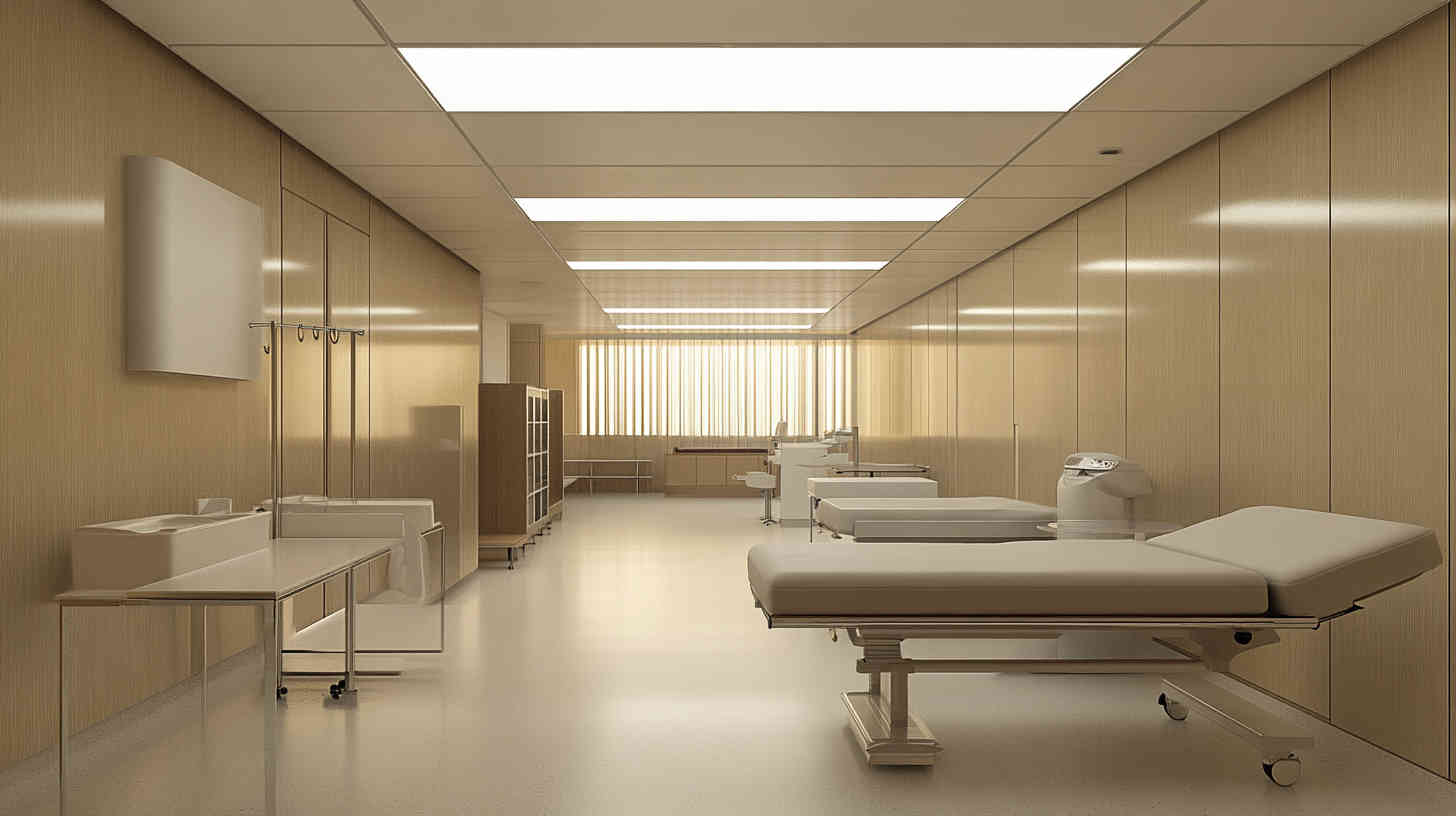
How to Calculate Watts to Lux?
To calculate lux from watts, you need to first know the number of lumens produced by the light source. Once you have the lumens, use the formula:
Lux = Lumens / Area (in square meters)
For example, if a 20-watt bulb produces 1600 lumens and is illuminating an area of 5 square meters:
Lux = 1600 lumens / 5m² = 320 lux
This helps you determine the light intensity in your desired space and ensures the lighting is adequate for your needs.
How Do I Choose LED Wattage?
Choosing the right LED wattage depends on the desired brightness and the size of the area you want to illuminate. In general, the higher the wattage, the brighter the light. However, LEDs are more efficient than traditional bulbs, so lower wattage can still produce high levels of brightness.
For instance:
– Small rooms or task lighting: 5W-10W LEDs (around 400-1000 lumens)
– Medium rooms or general lighting: 12W-20W LEDs (800-2400 lumens)
– Large spaces or high-bay lighting: 30W-500W LEDs (3000-70000 lumens)
By matching the wattage with the size of the room and desired brightness, you can ensure your space is adequately lit.
How Do I Choose the Brightness of My LED?
To choose the right brightness for your LED, you should focus on lumens rather than watts. Since LED lights are more energy-efficient, they produce more light per watt compared to traditional incandescent bulbs.
- Task lighting: For reading or working, aim for around 400-700 lumens per square meter (lux).
- Ambient lighting: For general lighting in a living room or bedroom, you can use about 150-300 lumens per square meter.
- Accent lighting: For highlighting features, 100-150 lumens per square meter is sufficient.
Consider both lumens and the area you need to illuminate for the best results.
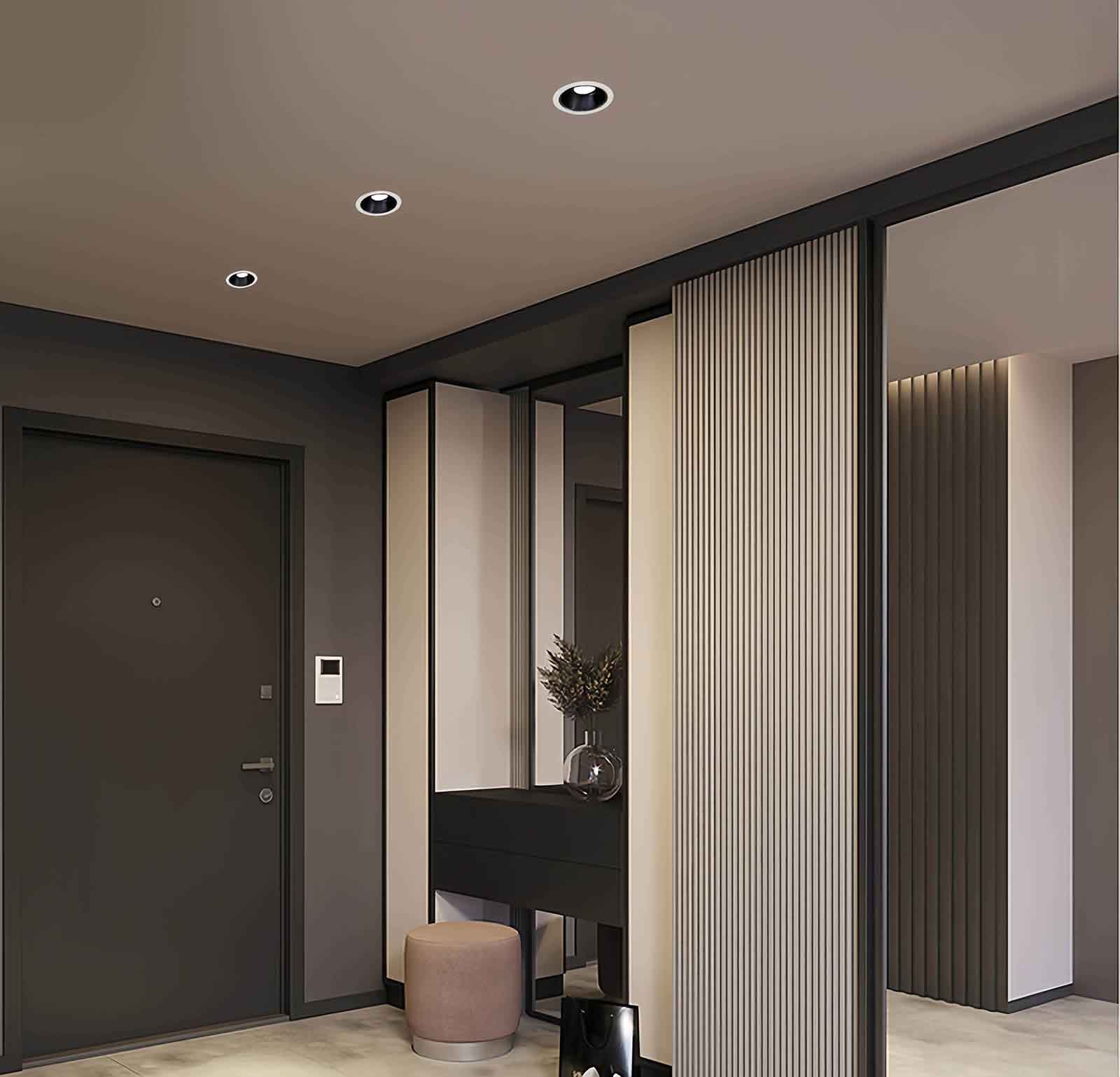
Does More Watts Mean Brighter LED?
Not necessarily. More watts does not always equate to a brighter LED. While wattage measures the energy consumption, lumens determine the brightness. LED technology is highly efficient, meaning a lower wattage LED can produce as much, if not more, light than an incandescent bulb with higher wattage.
For example, a 10W LED bulb might produce the same light output (lumens) as a 60W incandescent bulb, offering both energy savings and bright illumination.
Can I Use a Higher Wattage LED Bulb Than Recommended?
Yes, but it’s important to consider the fixture’s wattage rating and heat dissipation. Using a higher wattage LED than recommended may lead to overheating and reduce the lifespan of the fixture. Always check the specifications for your lighting fixture to ensure compatibility with the LED bulb you plan to use.
Higher wattage can also increase energy consumption, which may not be necessary for your lighting needs if a lower-wattage LED produces sufficient brightness.
How Many Lumens Per Watt is the Most Efficient LED?
The most efficient LED typically produce around 180-260 lumens per watt. This efficiency ensures that the LED light bulb emits a high amount of light while consuming less energy.
- Standard LEDs generally offer around 80-150 lumens per watt.
- High-performance LEDs, especially in commercial or industrial applications, can exceed 180 lumens per watt.
Choosing efficient LEDs allows you to save energy while still achieving the brightness you need.
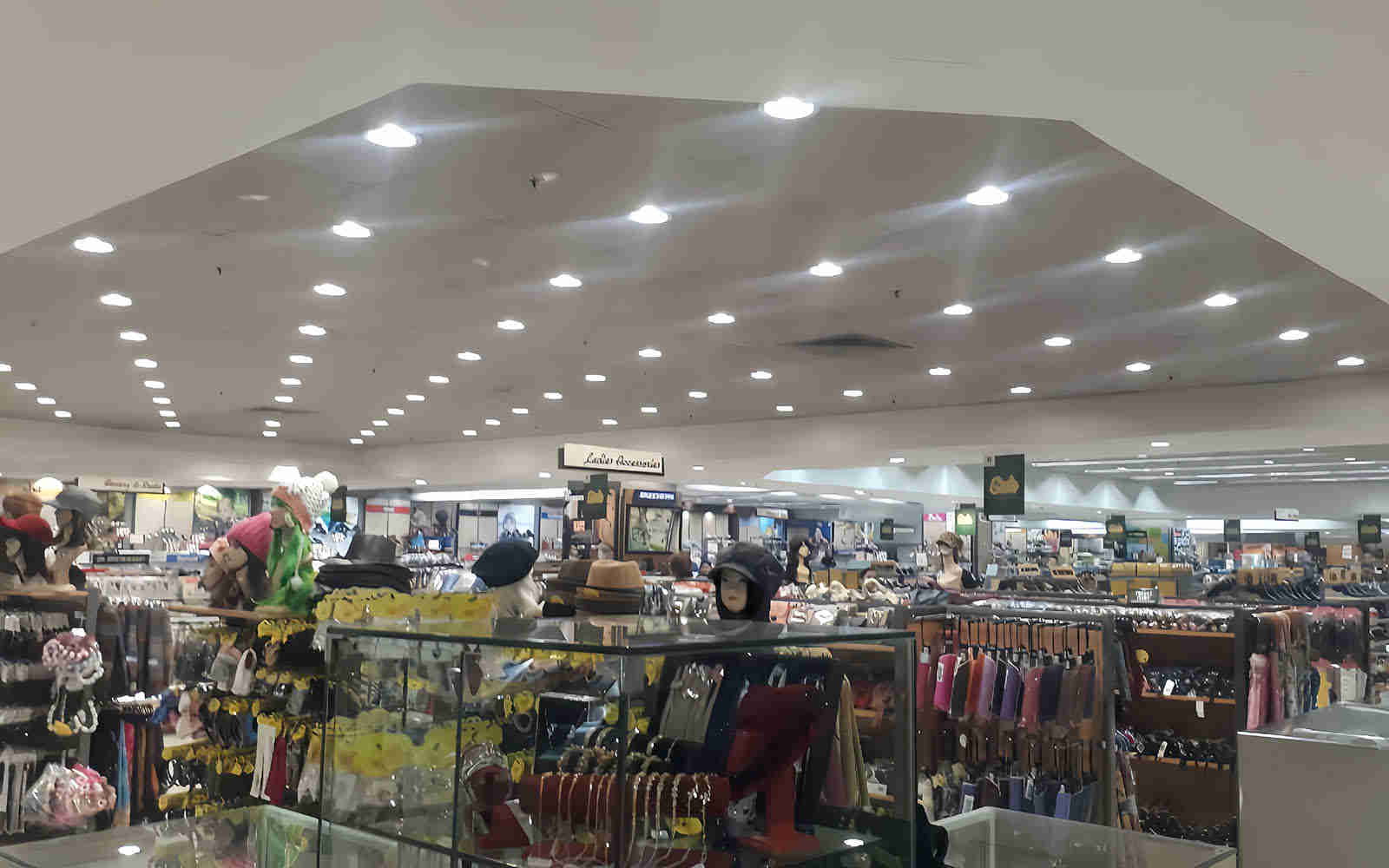
How Do I Calculate LED Wattage for a Room?
To calculate the LED wattage for a room, first decide on the required lumens based on the room size and desired brightness. Then, divide the total lumens by the lumens per watt of the LED to determine the wattage needed.
For example, if your room needs 2,000 lumens and you’re using LEDs that provide 100 lumens per watt, the calculation would be:
Wattage = Lumens / Lumens per watt = 2,000 / 100 = 20 watts
This ensures you get the correct wattage for the appropriate brightness in your room.
Conclusion
Understanding the difference between watts, lumens, and lux is crucial for selecting the right lighting for your space. Watts measure energy consumption, lumens measure brightness, and lux measures light intensity in a specific area. By choosing the right wattage, understanding lumens, and calculating lux, you can create the perfect lighting environment that is both functional and efficient. Choose wisely for the ideal lighting solution that fits your needs and enhances your space.
If you need help with lighting or have any questions, please feel free to reach out to us directly. Our team of lighting experts is here to help.
Request A Free Quote Now!
Send us a message if you have any questions or request a quote. We will get back to you ASAP!



